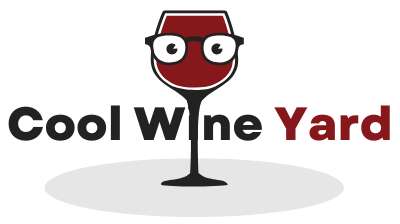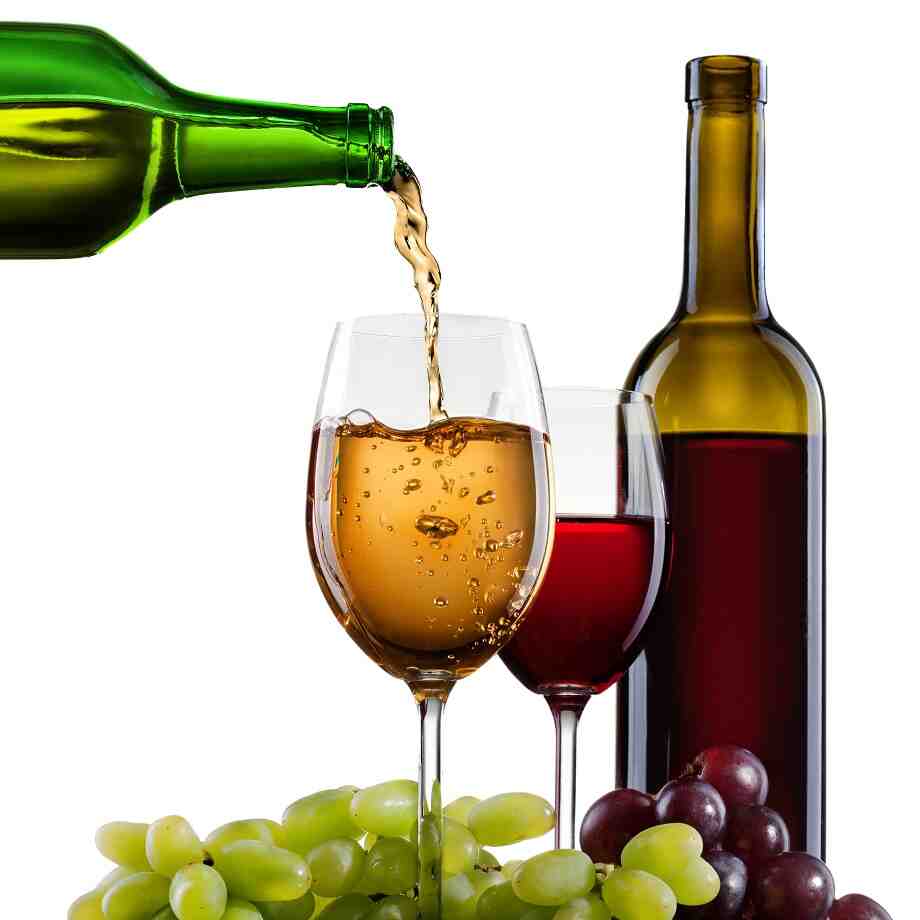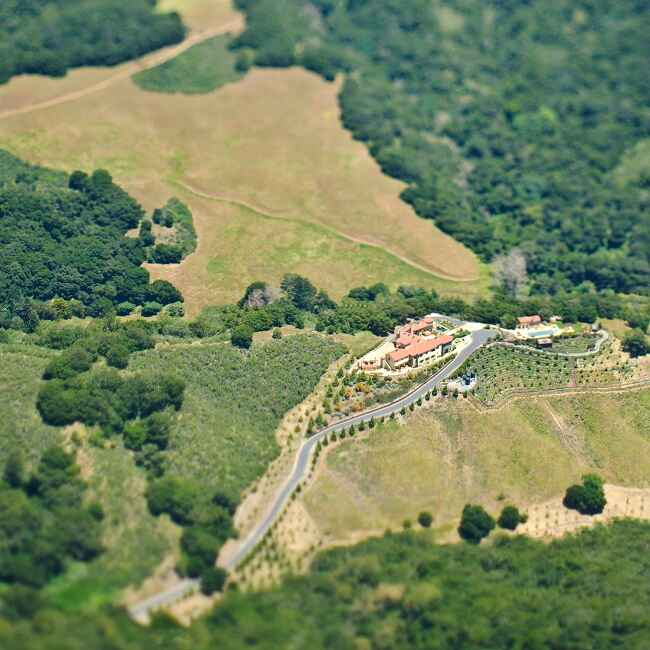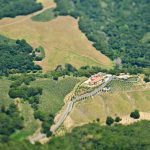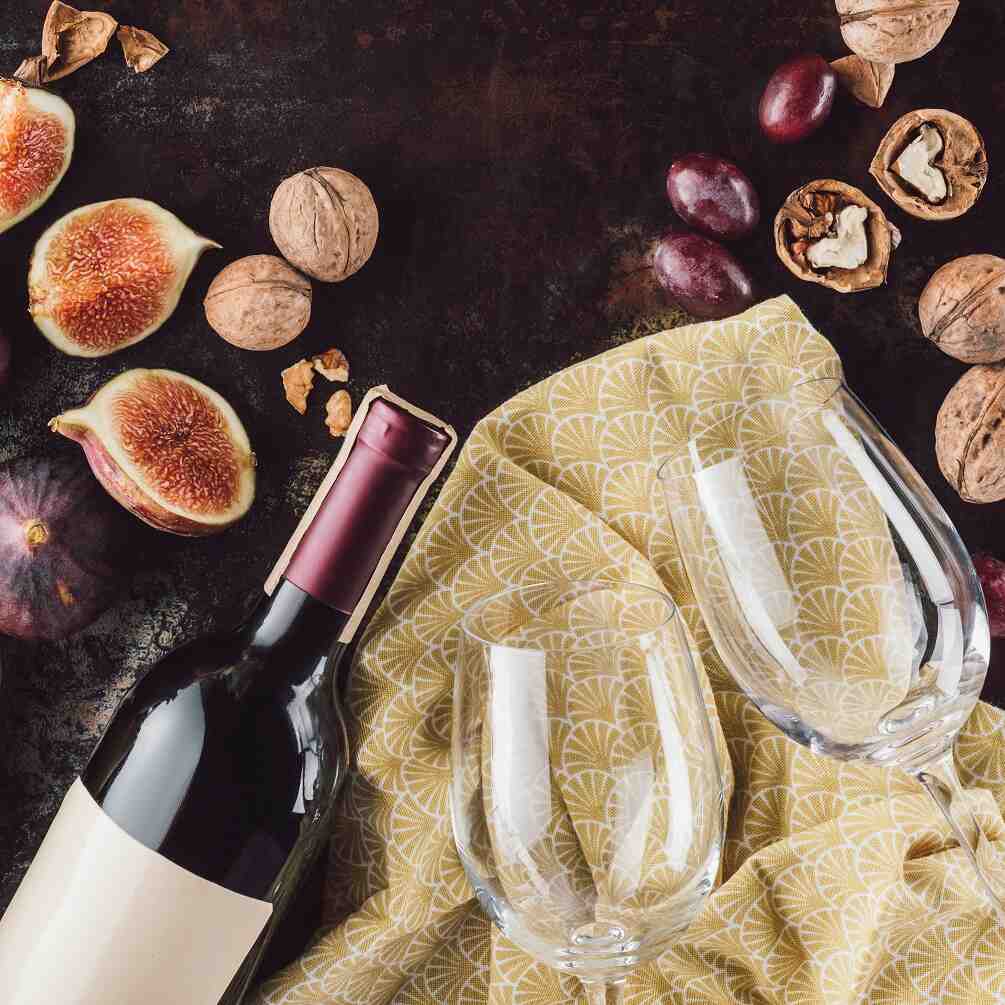Winemaking has been around for thousands of years, and throughout history, the craft has been refined through tradition, experience, and trial-and-error. However, in recent decades, there has been a significant shift toward the incorporation of advanced technologies in the winemaking process. From precision viticulture to automated fermentation systems, technology has revolutionized nearly every aspect of how wine is produced. In this article, we’ll explore how technology is shaping modern winemaking and how it’s impacting both the quality of wine and the overall experience for consumers.
The Role of Technology in the Vineyard: Precision Viticulture
Traditionally, winemakers relied on their intuition, knowledge of the land, and weather patterns to make decisions about vineyard management. While these skills are still essential today, modern winemakers now have access to a variety of technological tools that allow for more precise and data-driven decisions. This practice is known as precision viticulture, and it involves the use of technology to monitor and optimize vineyard conditions.
1. Drones and Remote Sensing
Drones equipped with high-resolution cameras and sensors are now widely used to monitor vineyards from above. These drones capture valuable data on vineyard health, soil conditions, water stress, and plant growth. This allows winemakers to identify problem areas in the vineyard before they become major issues, such as pest infestations, uneven ripening, or nutrient deficiencies.
Remote sensing technology, which can include satellite imaging and thermal cameras, is also used to collect data on temperature, humidity, and soil moisture across the vineyard. This information can help optimize irrigation schedules, detect fungal diseases, and even predict harvest times with greater accuracy. By collecting and analyzing this data, winemakers can make more informed decisions, ultimately leading to better grape quality and higher yields.
2. Smart Irrigation Systems
Water is a precious resource, and managing it efficiently is crucial in winemaking, especially in regions prone to drought. Smart irrigation systems, which use sensors to monitor soil moisture levels, ensure that vines receive the right amount of water at the right time. These systems can be programmed to water only specific sections of the vineyard that need it most, reducing waste and improving water efficiency.
By avoiding overwatering or underwatering, these systems help produce healthier grapevines, resulting in better quality fruit. Moreover, since water stress can be a significant factor in controlling grape ripeness and flavor profiles, this technology also allows winemakers to have more control over the final taste of their wine.
3. Robotics and Automation
Robots are becoming an integral part of modern winemaking, particularly in the harvesting and sorting processes. Mechanical harvesters can pick grapes more efficiently than human laborers, especially in large vineyards. However, these machines are typically used for less delicate varieties, as they can sometimes damage the grapes.
On the sorting side, advanced robots are now capable of inspecting each grape as it moves along a conveyor belt. Using sensors and artificial intelligence (AI), these robots can identify and remove damaged or under-ripened grapes, ensuring that only the highest-quality fruit is used in the winemaking process.
The Winemaking Process: Advanced Fermentation and Monitoring
Once the grapes are harvested, the winemaking process begins. Technology is making its mark in several key steps of this process, especially during fermentation, where yeast converts grape sugars into alcohol and other compounds that shape the wine’s flavor.
1. Automated Fermentation Systems
Fermentation is a delicate and time-sensitive process that requires careful monitoring of temperature, humidity, and sugar levels. Today, many wineries use automated fermentation systems that monitor and control these variables in real time. These systems can adjust fermentation conditions to ensure that the process occurs under optimal conditions, leading to more consistent results.
For example, temperature is a critical factor during fermentation, as it affects the rate at which yeast works and the extraction of flavors from the skins of red grapes. If the temperature gets too high, it can cause the fermentation to stop prematurely, while temperatures that are too low can slow down the process. Automated systems can adjust cooling or heating mechanisms as needed to keep fermentation on track.
2. Sensor Technology and AI
Sensors are increasingly used to measure various parameters such as sugar content (Brix), pH, and acidity during fermentation. By continuously gathering data, winemakers can monitor the progress of fermentation and make real-time adjustments if needed. For instance, if the alcohol content is too high or low, winemakers can adjust fermentation times or add certain additives to achieve the desired outcome.
Artificial intelligence (AI) and machine learning are also being leveraged to analyze large amounts of data collected during fermentation. These technologies can predict outcomes based on historical data and suggest adjustments that may lead to better wine quality. AI is especially useful in understanding how various variables, such as yeast strain, fermentation temperature, and sugar content, interact with each other to influence the final wine.
3. Wine Aging with Technology
Wine aging is another area where technology has made strides. The aging process significantly affects the flavor, aroma, and mouthfeel of wine, and controlling the environment in which the wine ages is crucial for achieving the desired results. Some wineries are using barrel-aging chambers with precise climate control to simulate the conditions of traditional barrel cellars.
In addition, some wineries are experimenting with accelerated aging techniques, which use ultrasonic waves or micro-oxygenation (the controlled introduction of small amounts of oxygen) to age wine more quickly. These techniques allow winemakers to experiment with different aging processes and create wines with unique flavor profiles in a shorter period.
The Role of Technology in Wine Marketing and Sales
Technology is also changing the way wine is marketed and sold. Wineries are increasingly relying on digital platforms to connect with consumers, track inventory, and manage distribution. Here are some ways technology is reshaping the wine industry:
1. E-Commerce and Online Sales
The rise of e-commerce has allowed wineries to reach a broader audience, bypassing traditional distribution channels like restaurants and wine shops. Many wineries have invested in user-friendly websites and apps that allow consumers to purchase wine directly from the winery, either for delivery or for pickup at the winery itself.
Online marketplaces also offer wineries the opportunity to sell limited edition or exclusive wines to a global audience. Virtual tastings, live-streamed events, and wine clubs have become popular ways for wineries to engage with consumers remotely, especially during the COVID-19 pandemic.
2. Blockchain and Traceability
As consumers become more conscious of where their food and beverages come from, traceability has become a key concern in the wine industry. Some wineries are using blockchain technology to track the entire journey of a bottle of wine, from the vineyard to the bottle. This allows consumers to verify the authenticity and quality of the wine they’re purchasing, as well as understand the sustainability practices of the winery.
Blockchain also helps combat counterfeiting in the wine industry, providing a secure way to verify that the wine is legitimate and hasn’t been tampered with.
Sustainability and Environmental Considerations
Technology is playing a key role in making winemaking more sustainable. With the global climate crisis threatening the future of many vineyards, winemakers are turning to technology to reduce their environmental impact. Here are some examples:
1. Sustainable Vineyard Practices
Many wineries are adopting environmentally friendly practices, such as using solar panels to power their operations, reducing water usage with smart irrigation systems, and adopting organic or biodynamic farming techniques. Precision viticulture allows for more efficient use of resources, ensuring that water and fertilizers are applied only when and where they’re needed.
2. Reducing Carbon Footprint in the Winery
In the winery itself, energy-efficient systems, such as those that manage temperature and humidity, help reduce the overall carbon footprint. Additionally, wineries are exploring ways to minimize waste, such as using grape skins and seeds for composting or creating byproducts like wine vinegar and cosmetics.
Conclusion
The rise of technology in winemaking is transforming every stage of the process—from the vineyard to the bottle. While traditional winemaking techniques still hold great value, modern technologies allow winemakers to make more informed decisions, improve quality, and optimize the production process. Precision viticulture, automated fermentation systems, AI-driven analytics, and advancements in sustainability are helping to shape the future of winemaking.
Ultimately, these technological advancements offer wine lovers even more variety and access to higher-quality wines, making the experience of discovering new bottles even more exciting. As technology continues to evolve, we can expect the world of wine to keep growing, offering both new innovations and new ways to enjoy this ancient craft.
